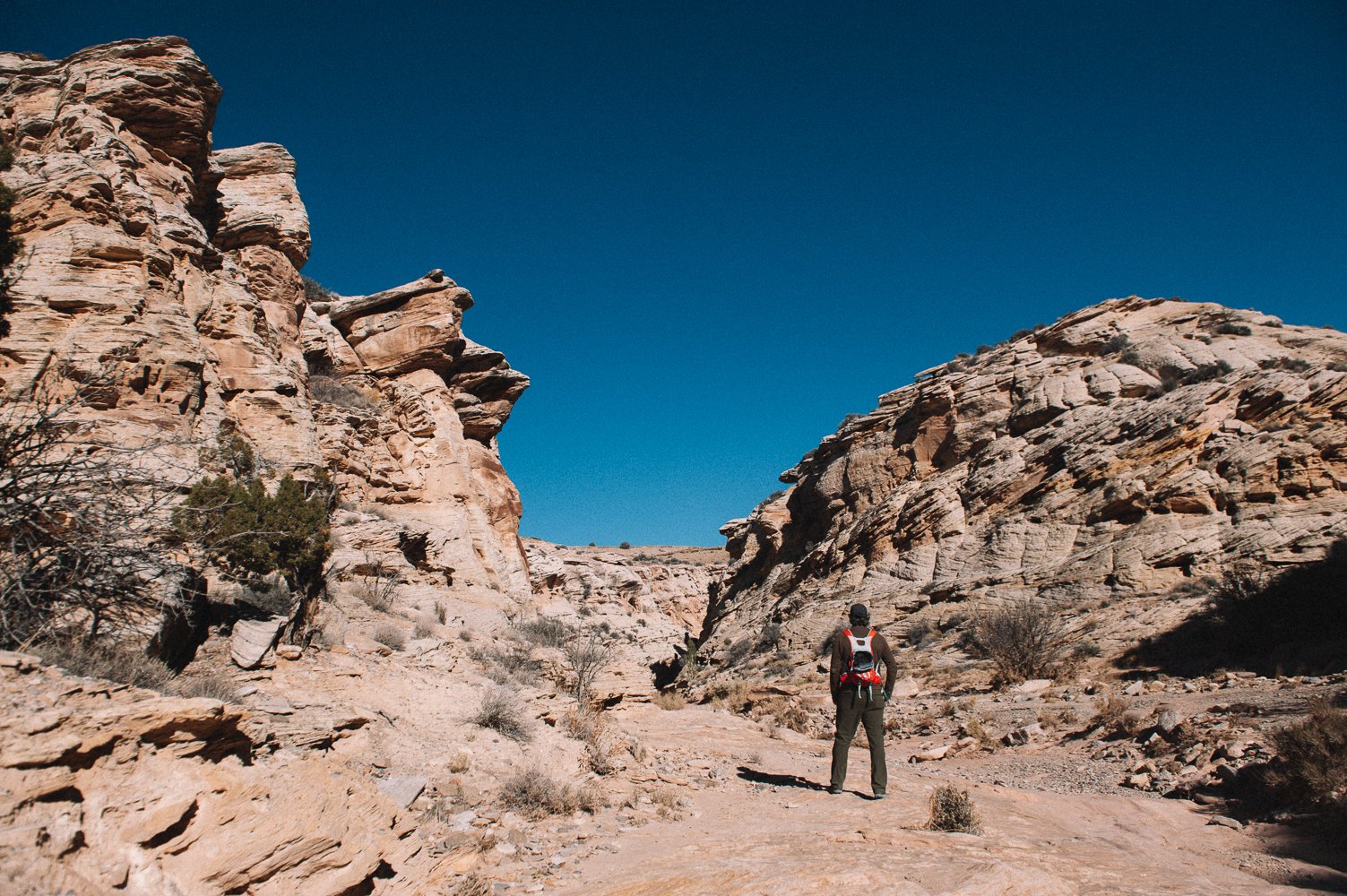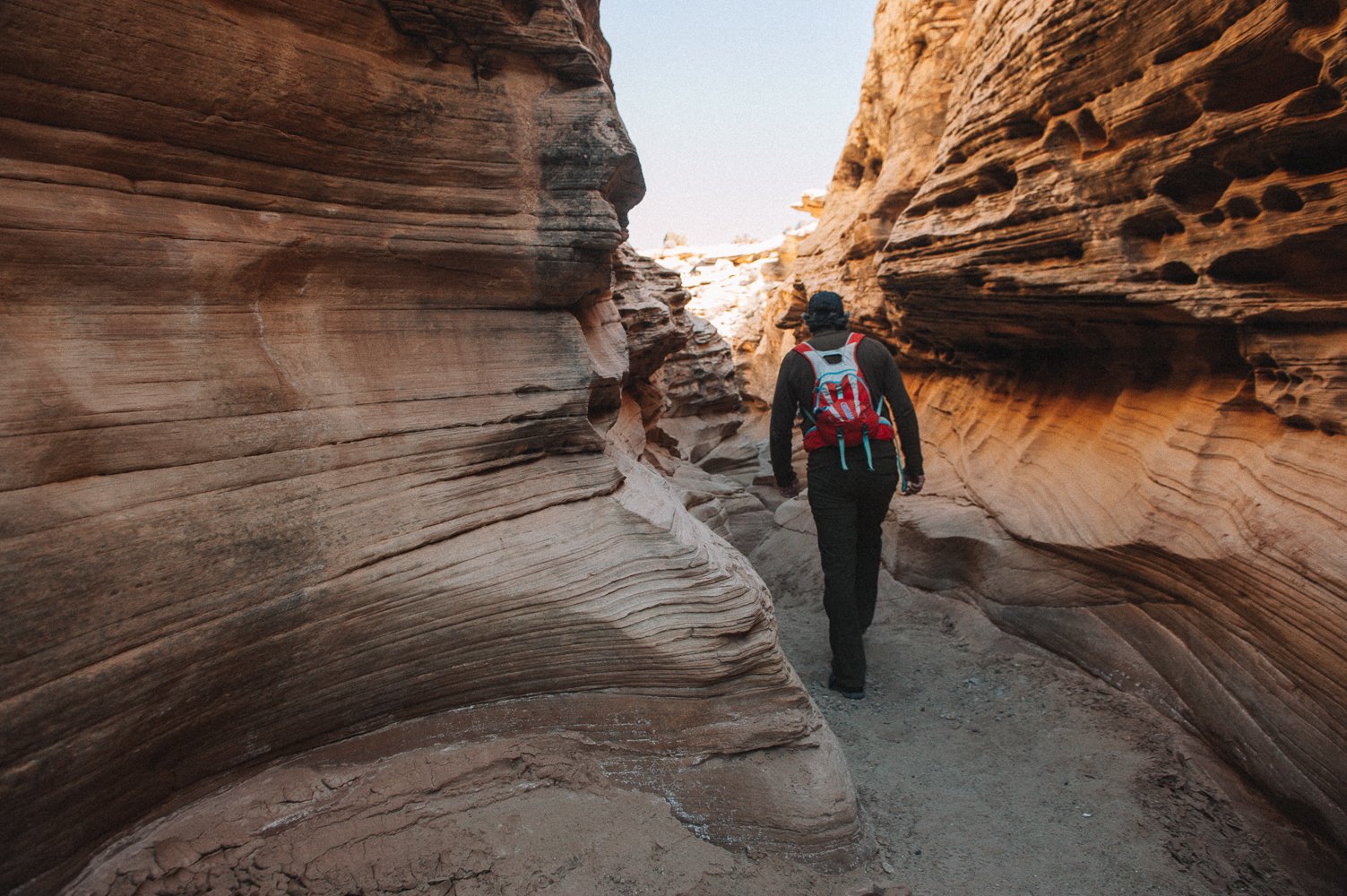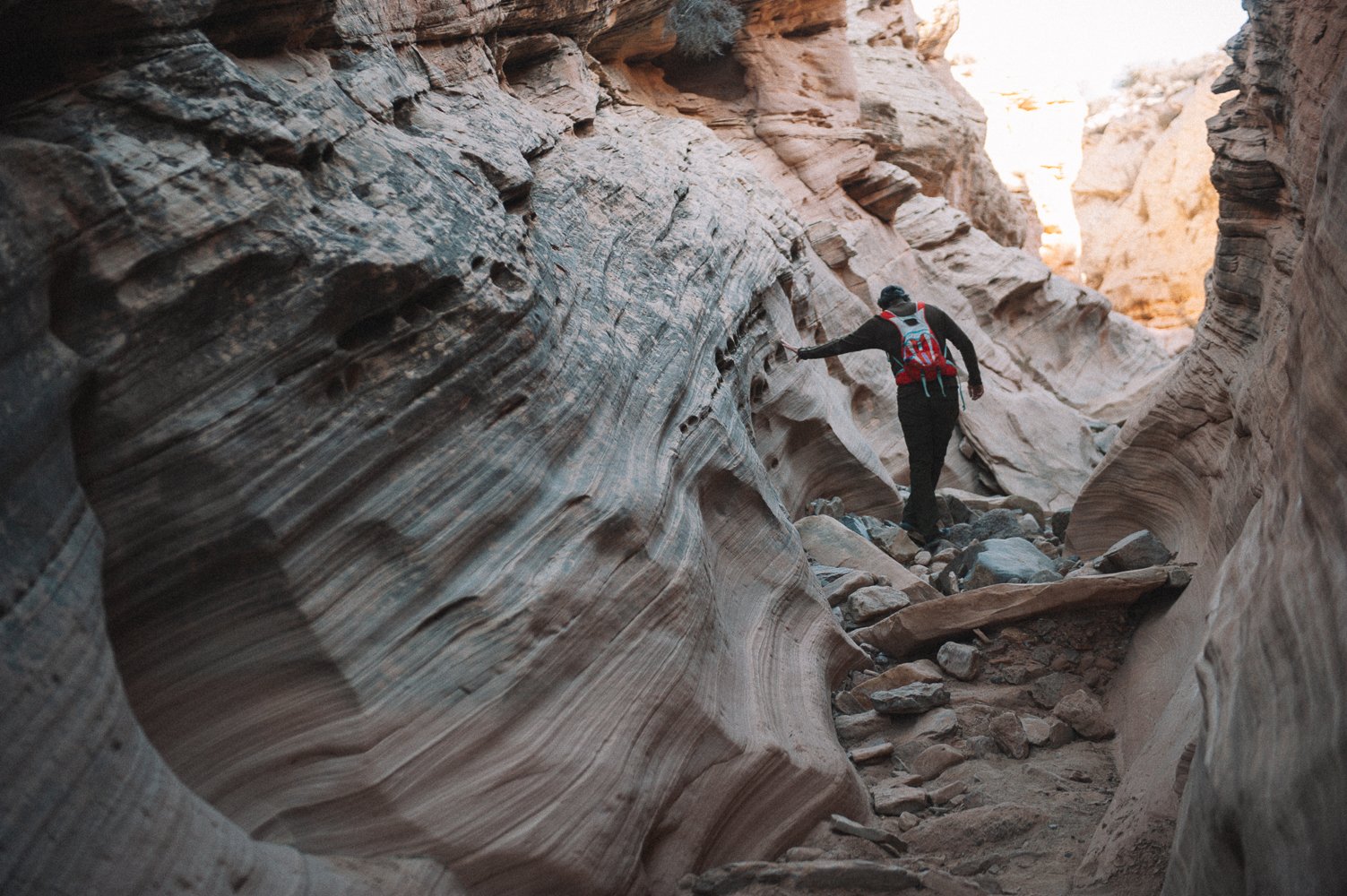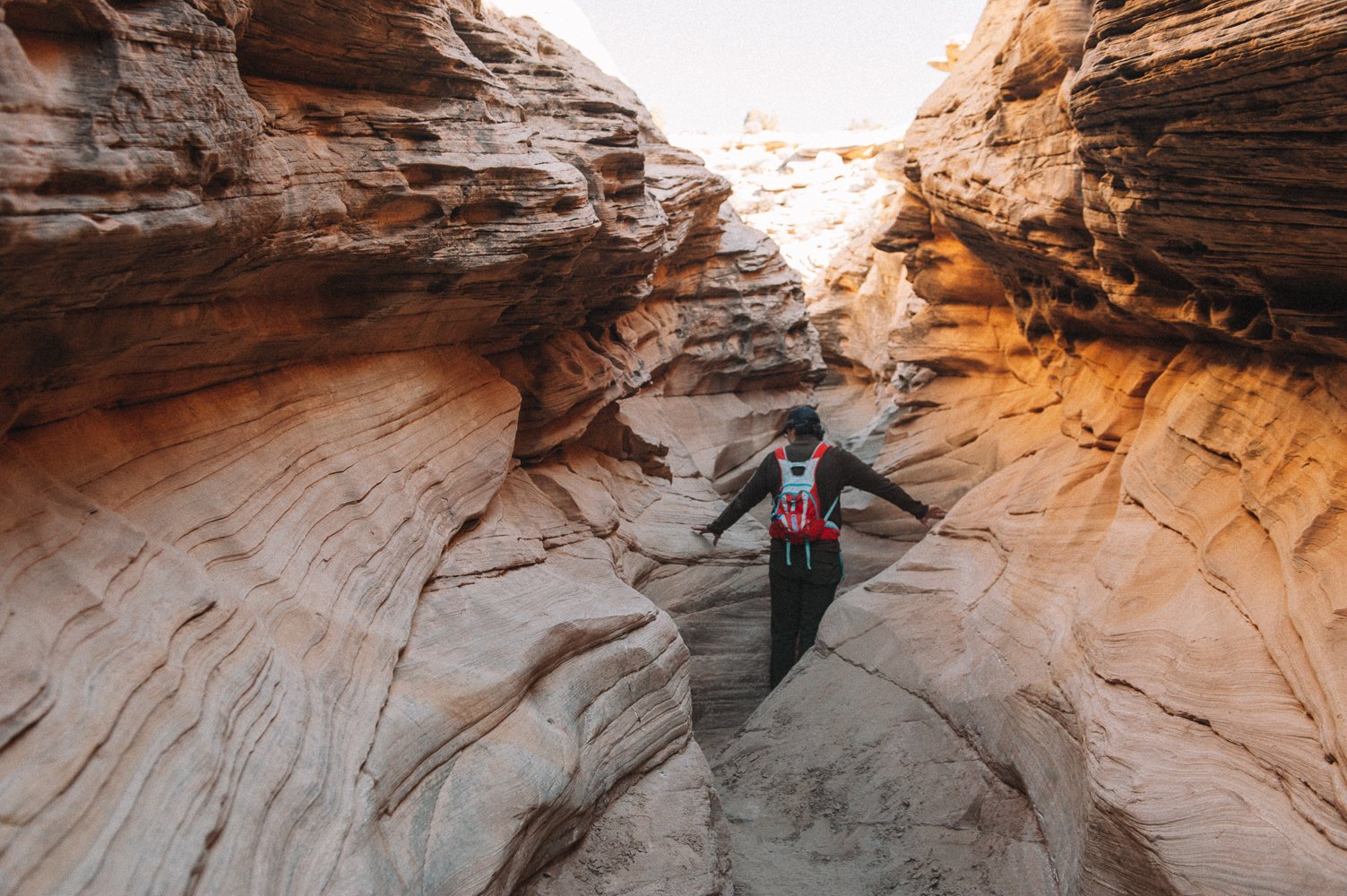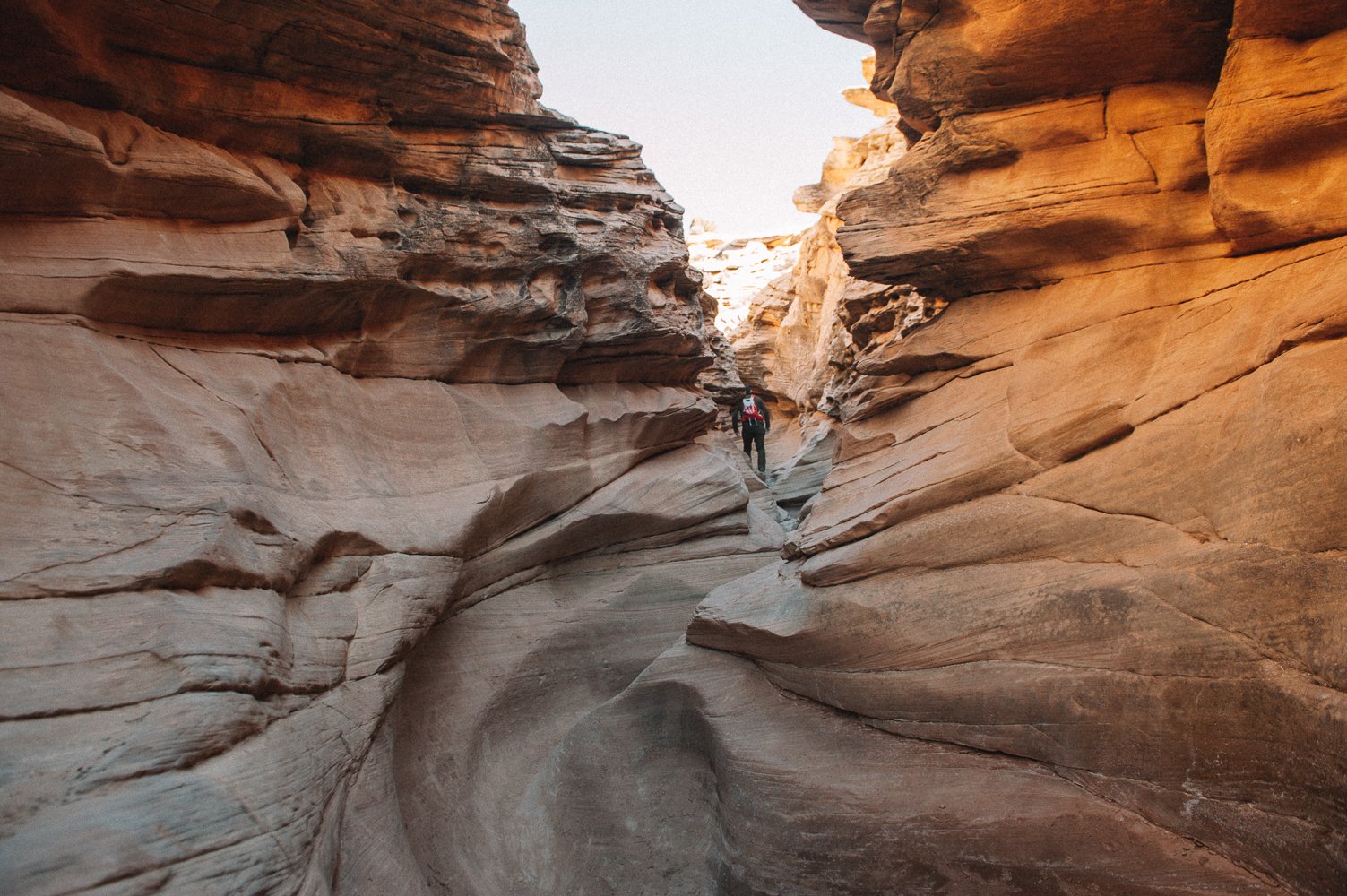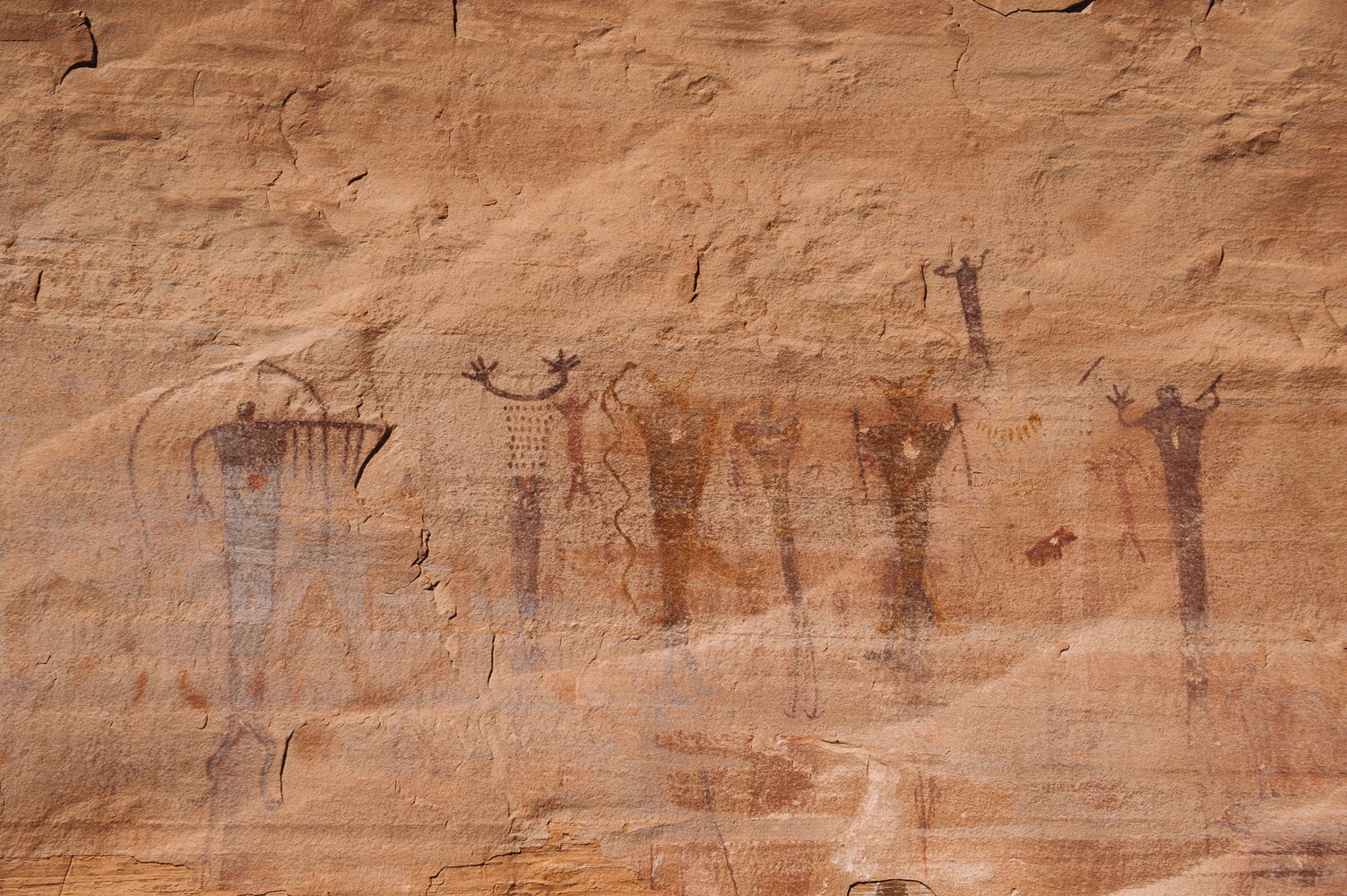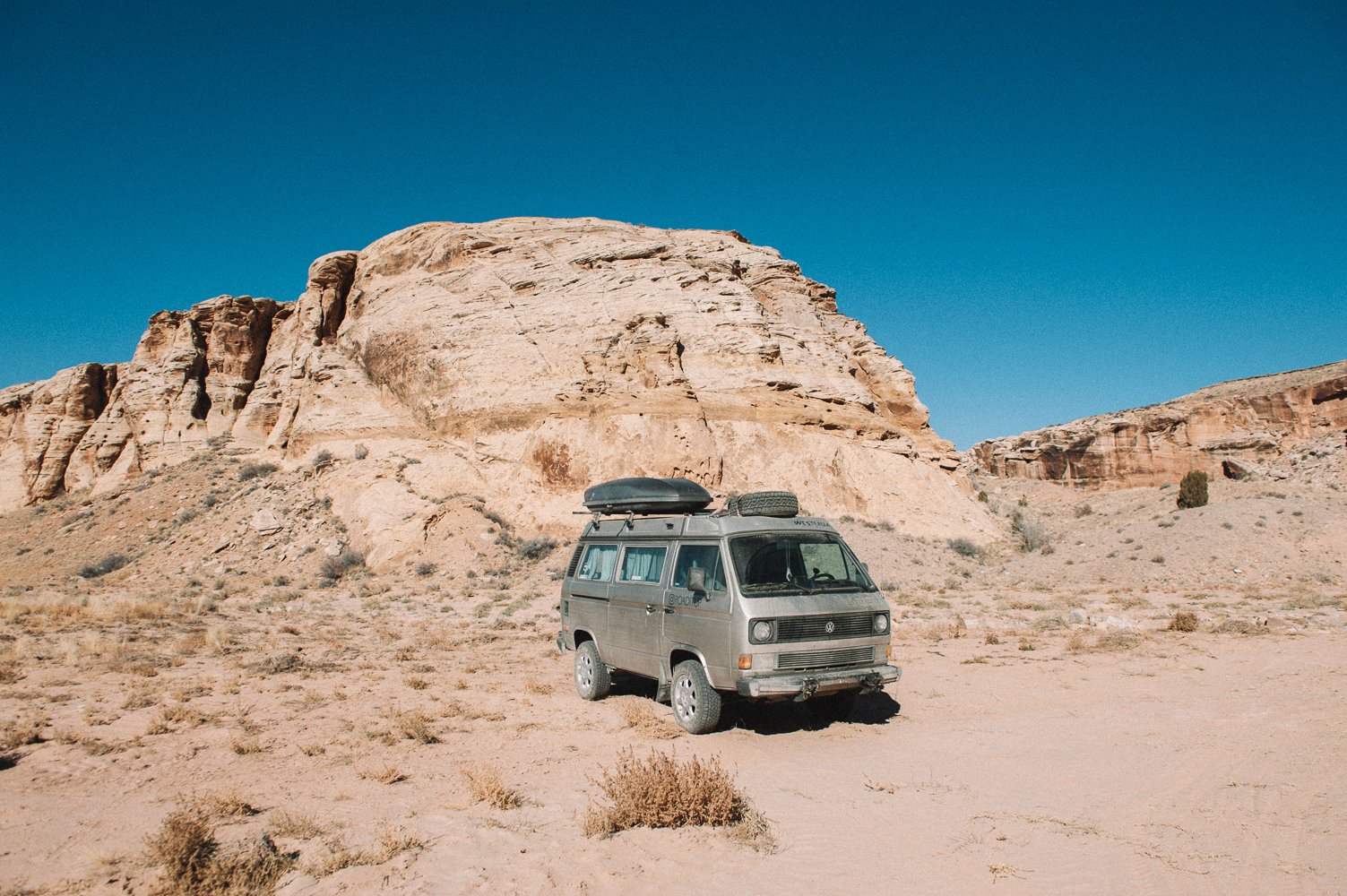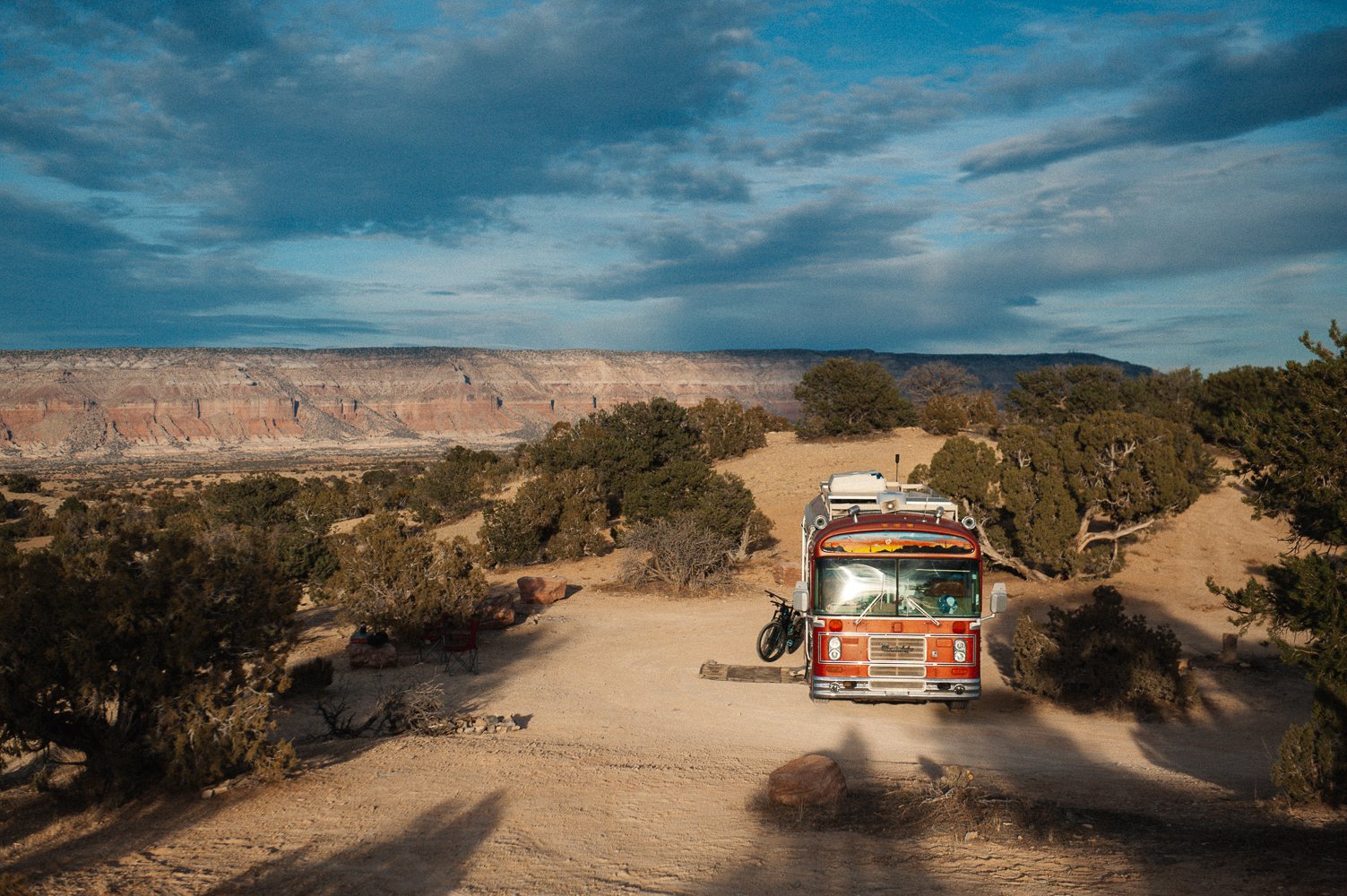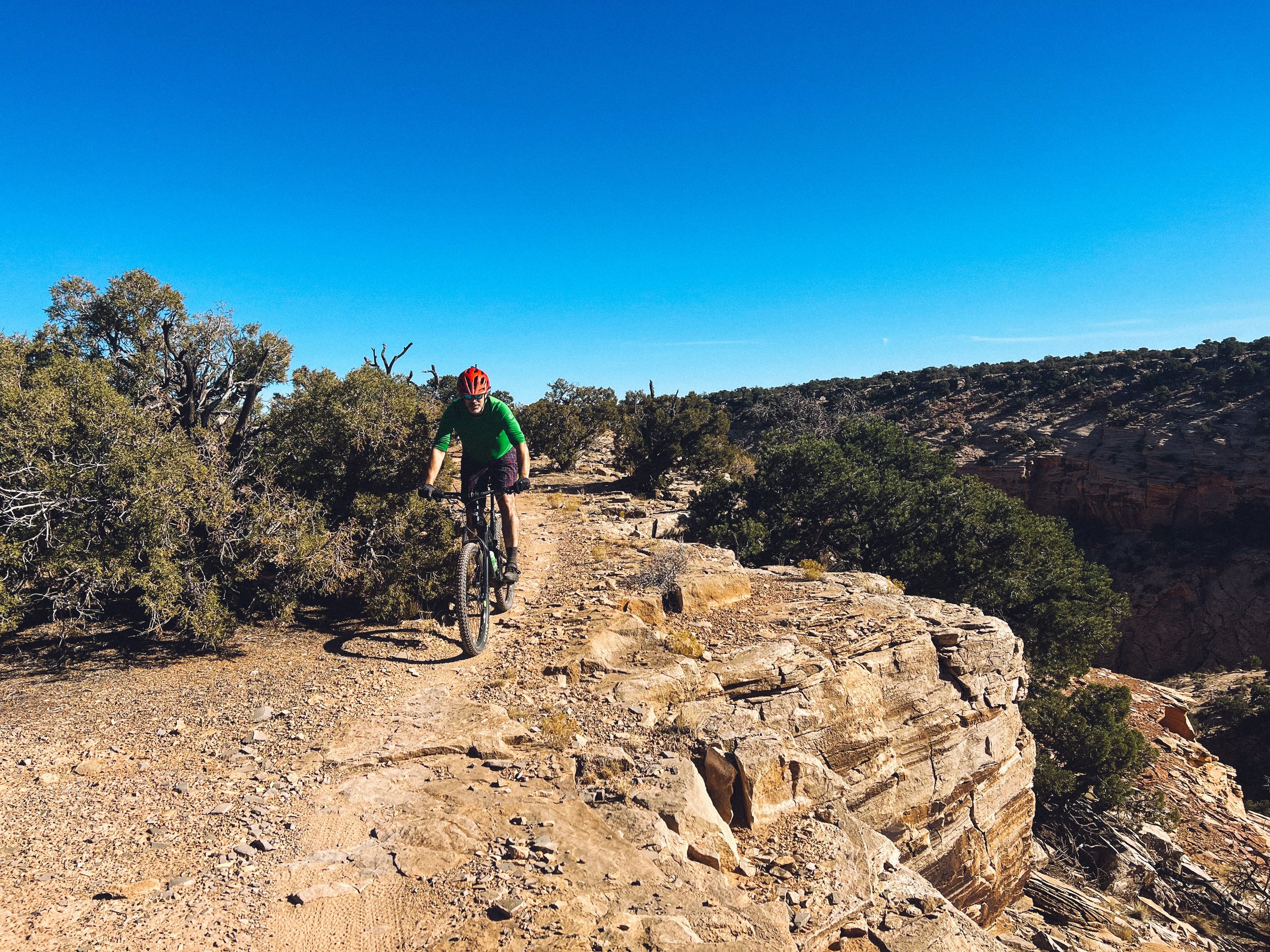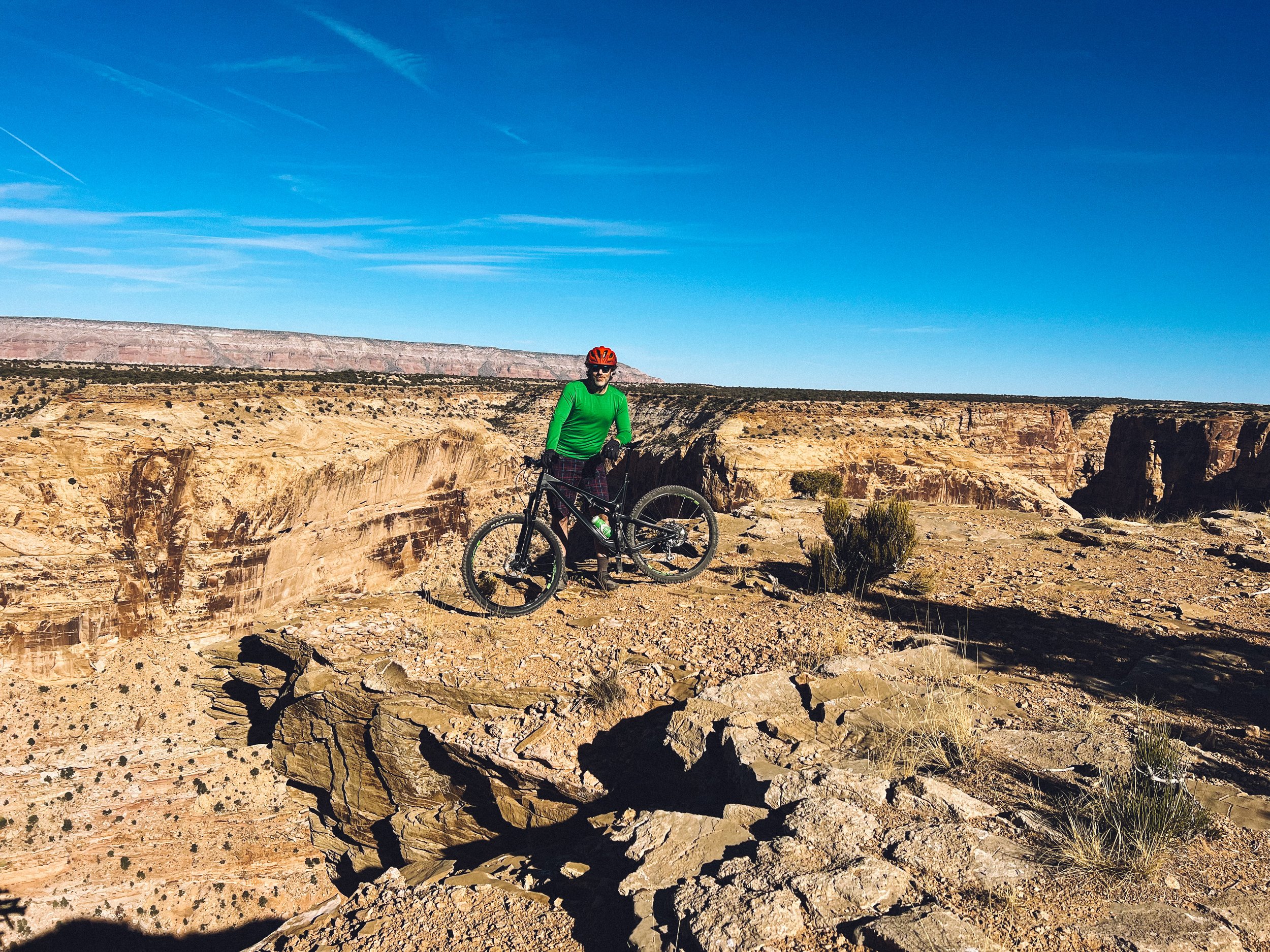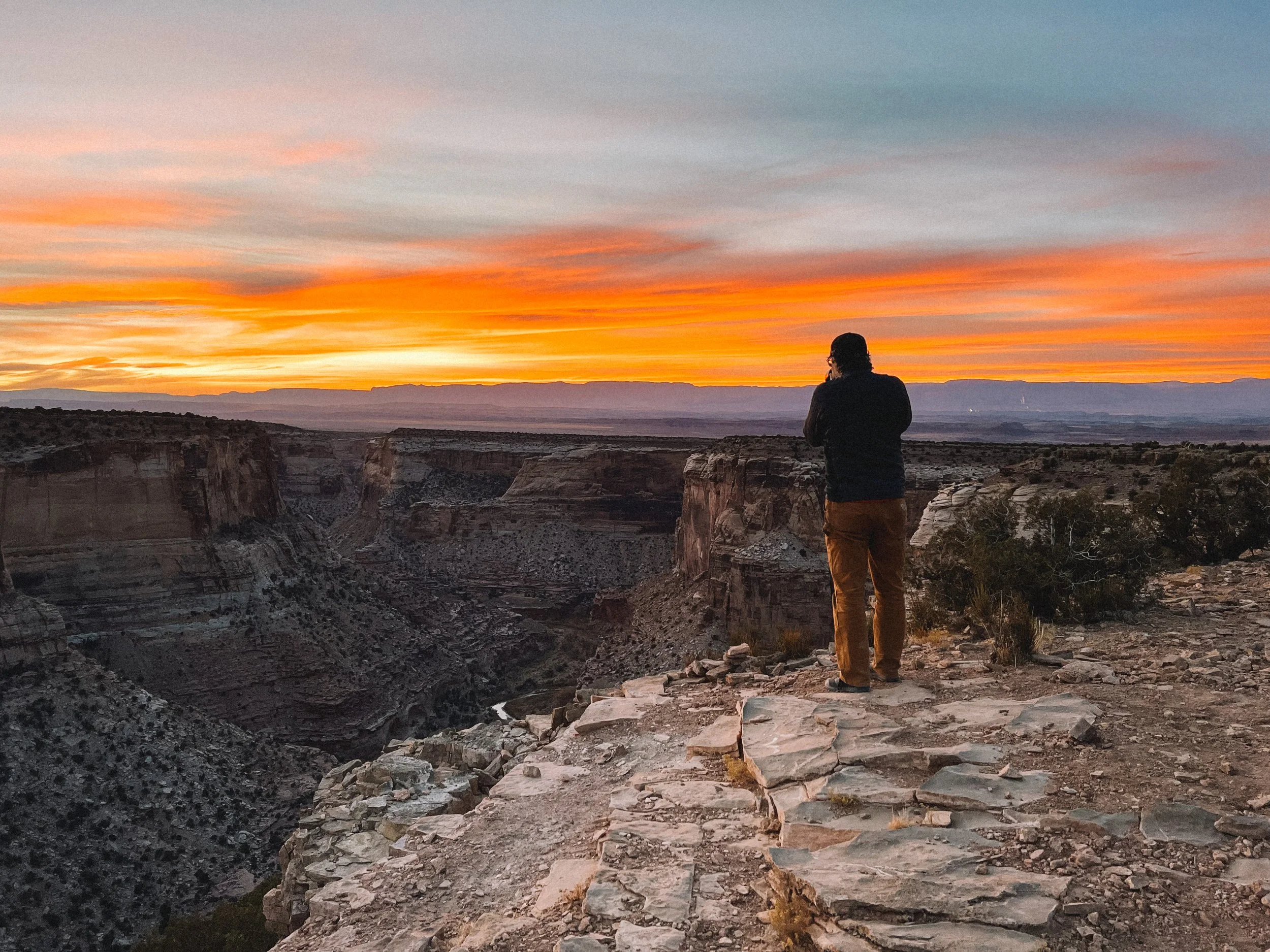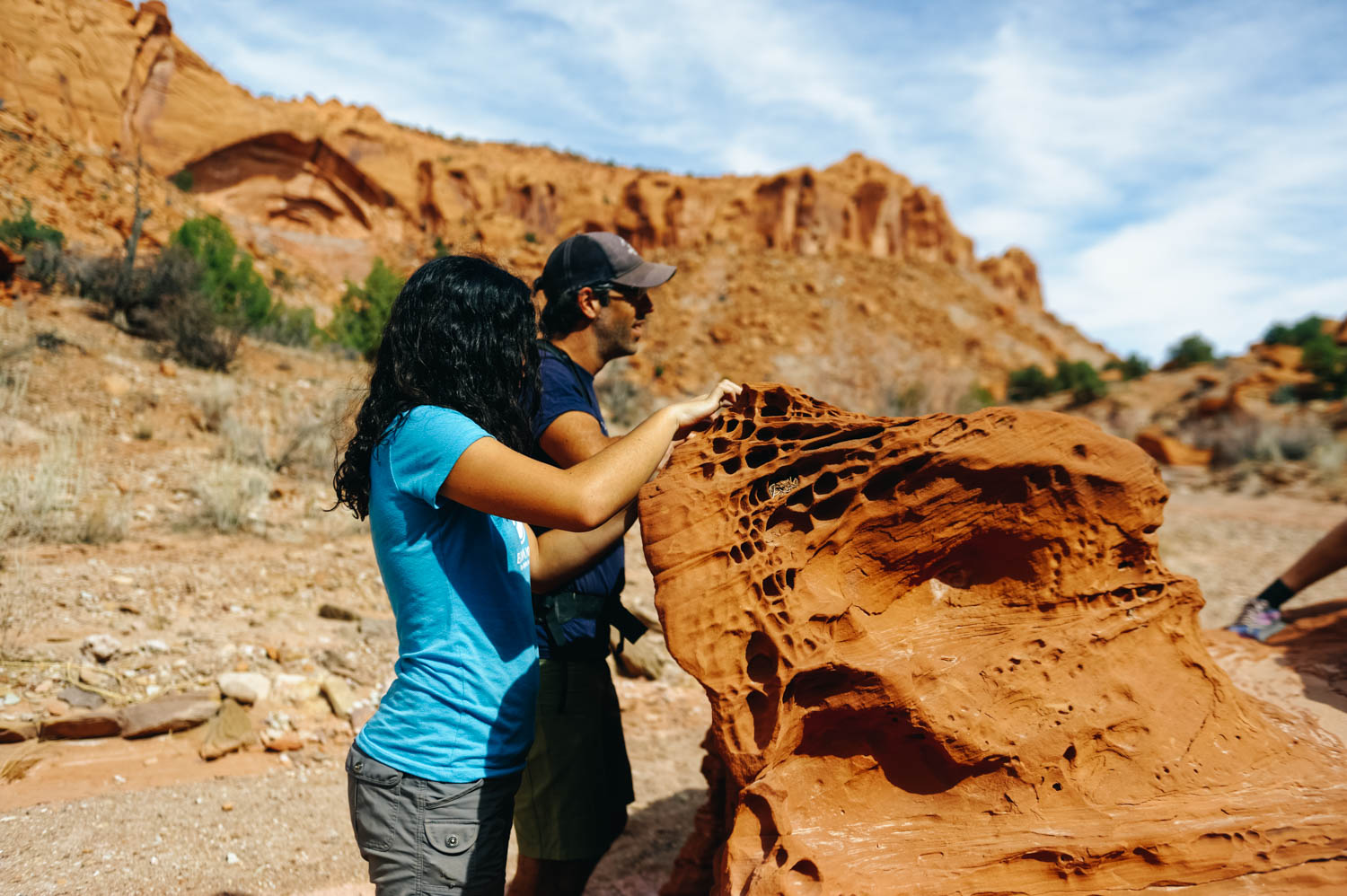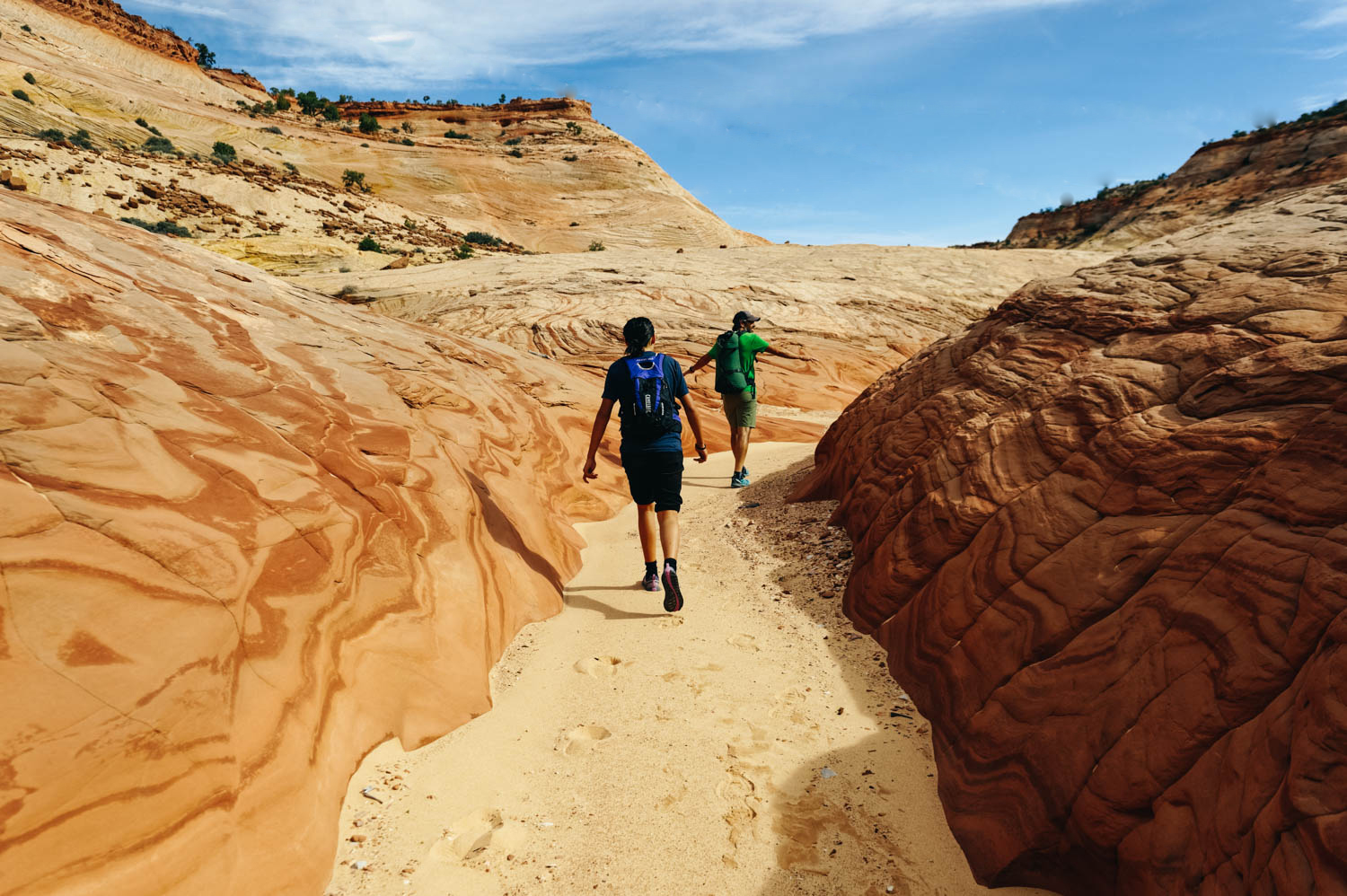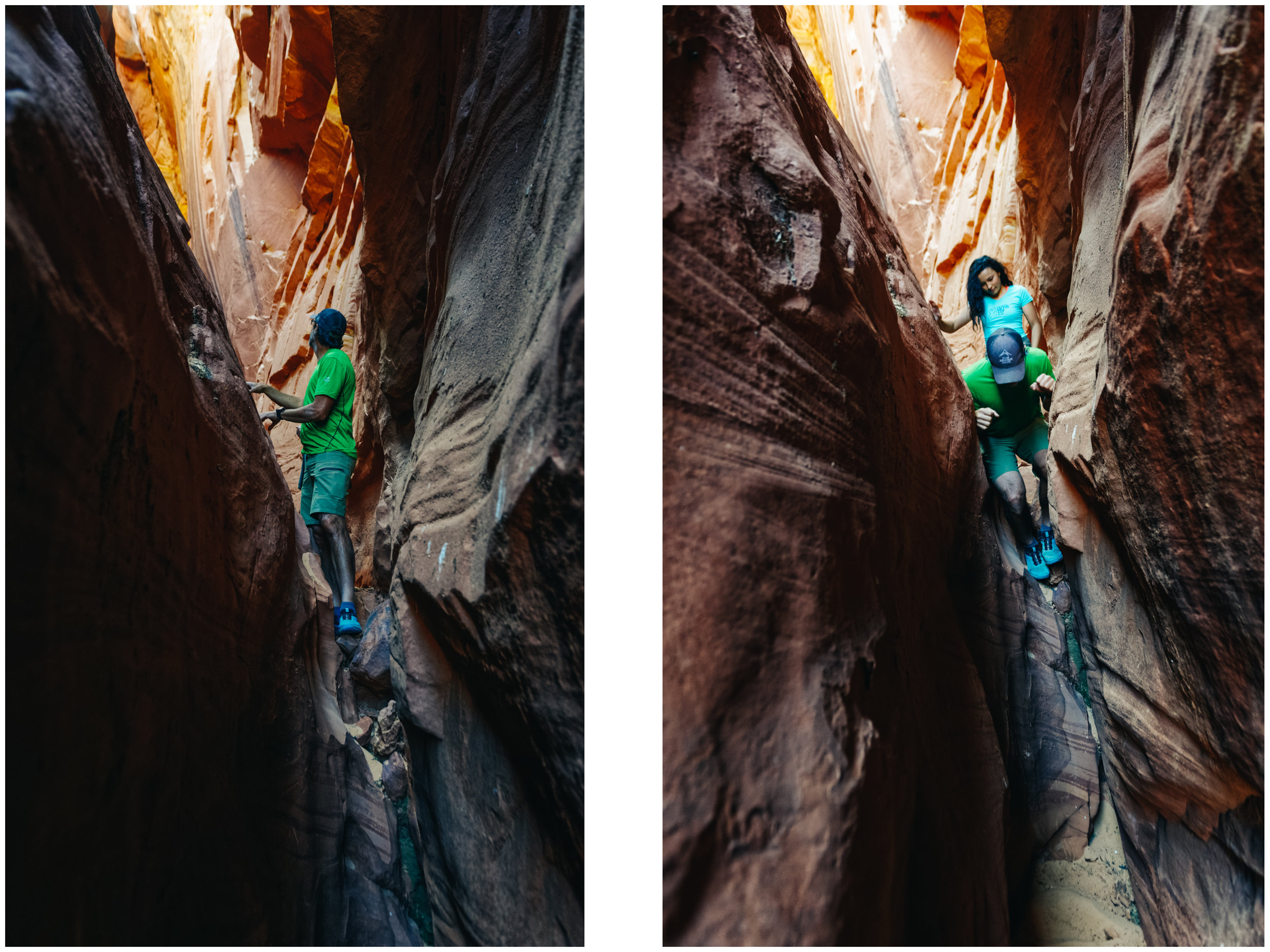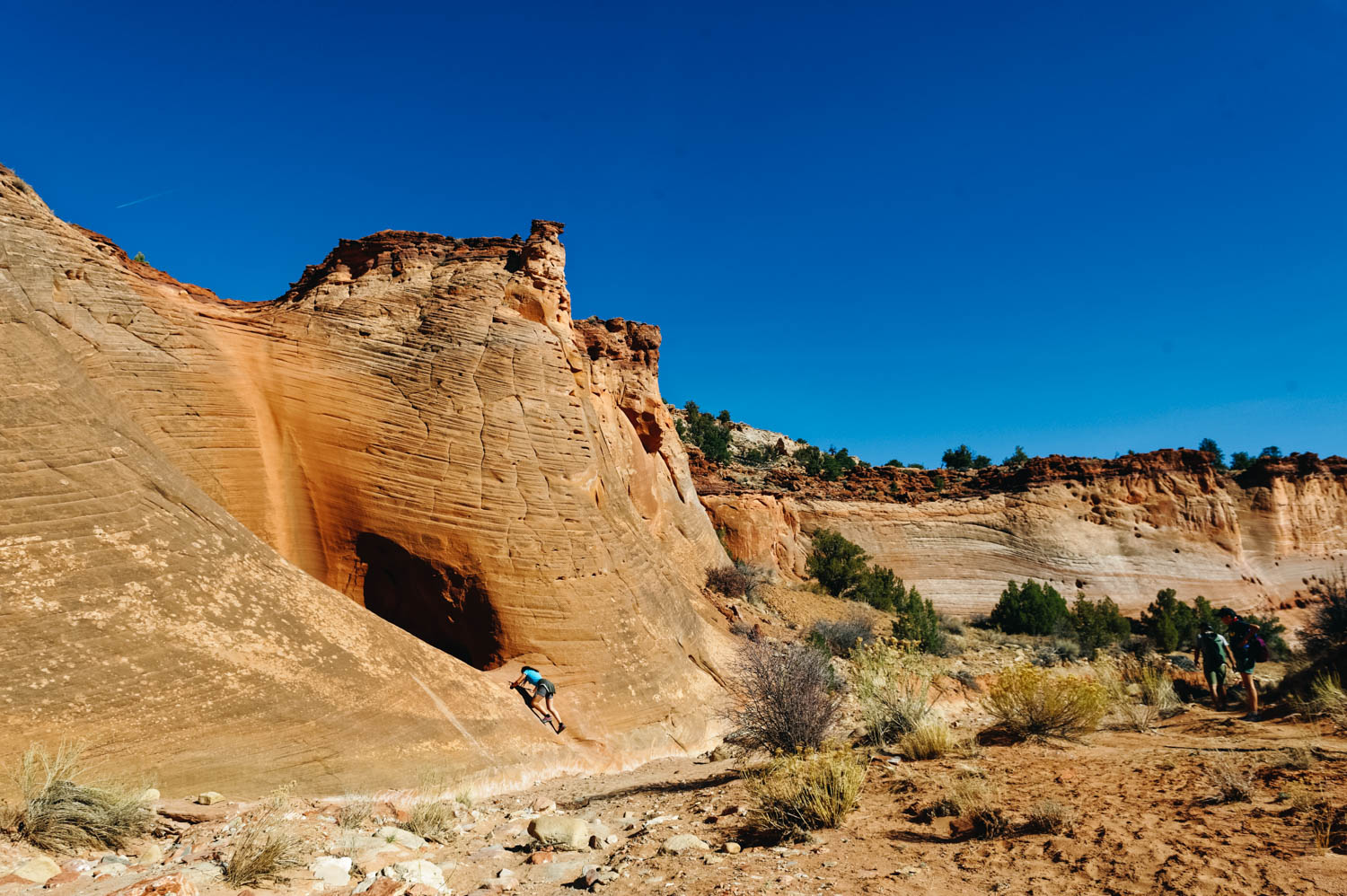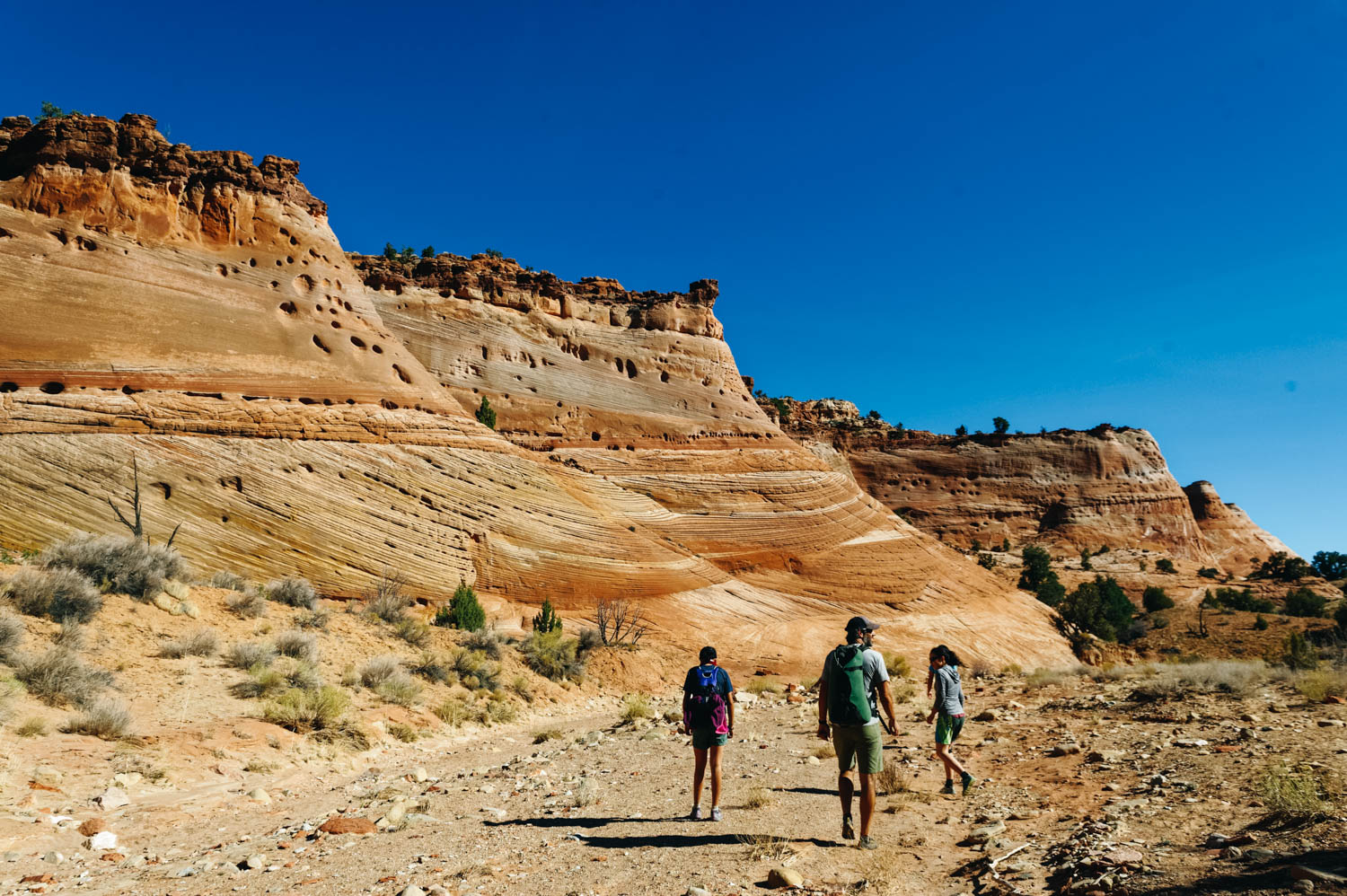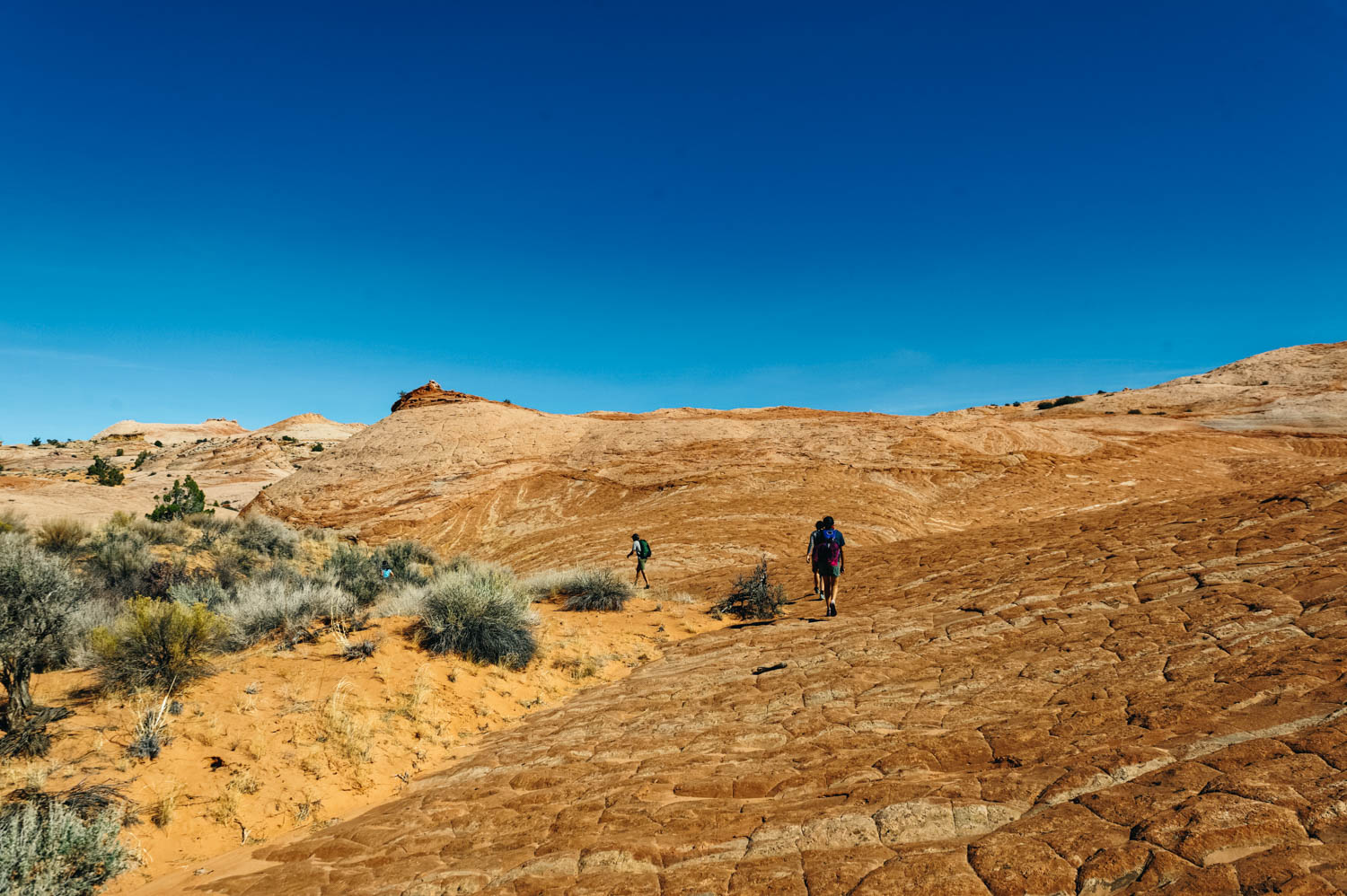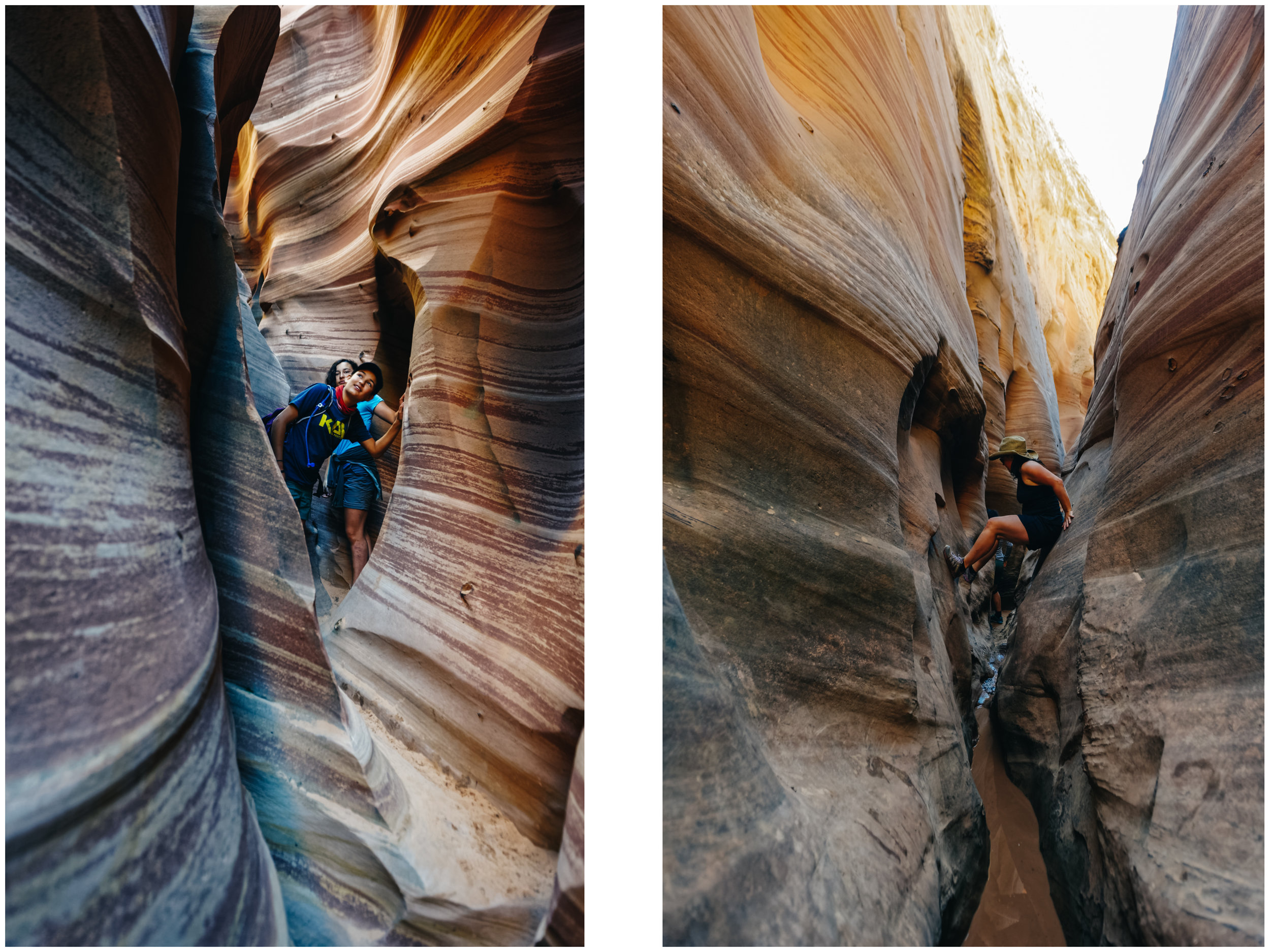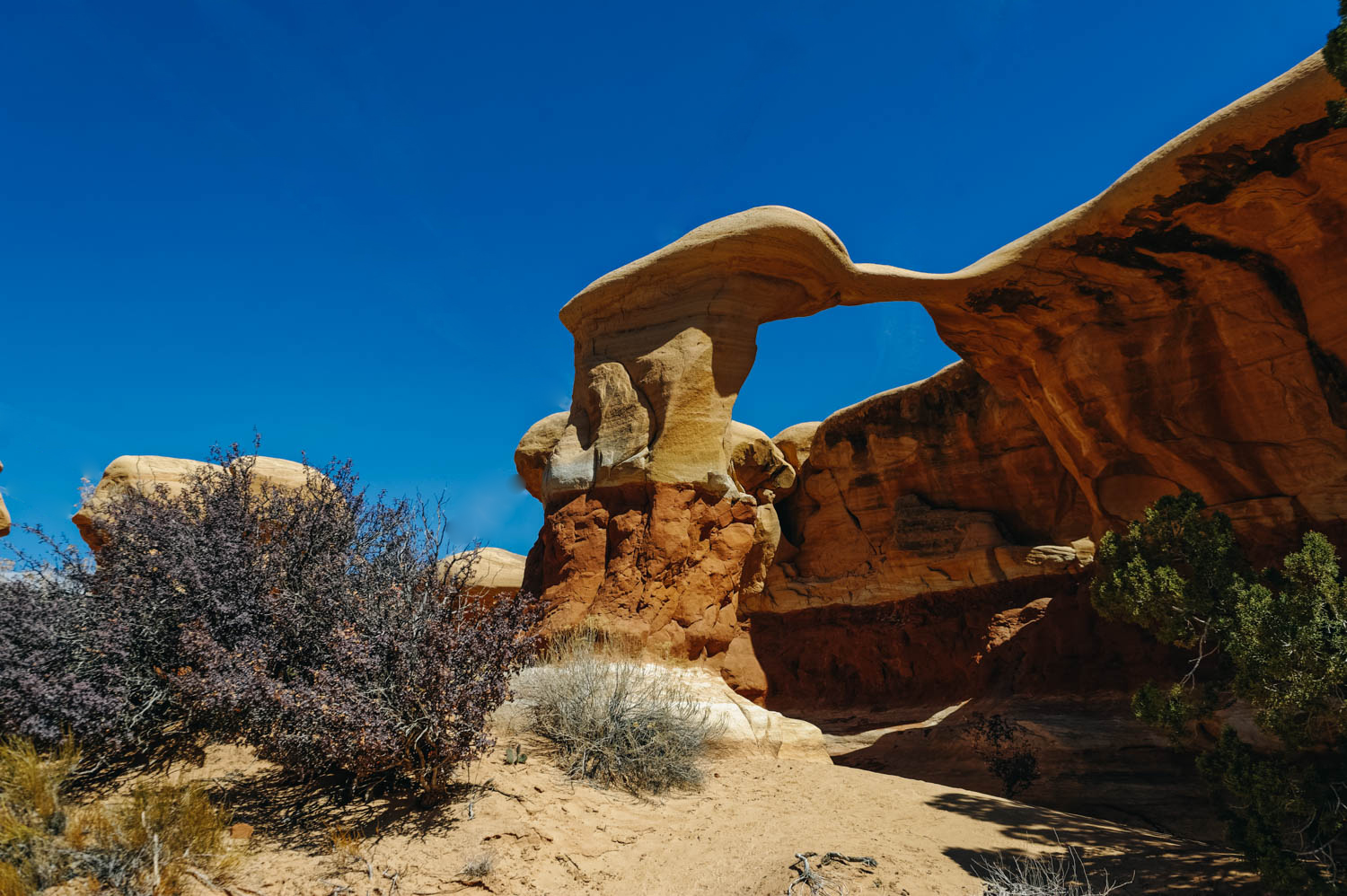Coal Mine Canyon
Coal Mine Canyon is a branch of the Grand Canyon. The canyon gets its name from the from the fact that it was once mined for coal. The coal proved to be of poor quality, so the mining was abandoned.
It is located on the border between the Hopi and Navajo Reservations and a permit is required to visit the canyon, but it is not available from the Navajo Parks & Recreation office in Cameron as it used to be but at the elusive new Local Chapter… just getting the permit is an adventure in itself!
There are no road markers or signs pointing out the location of Coal Mine Canyon, and a person could easily travel through the deserted area without ever knowing it was there.
The Westy on the Rim
To plant this visit, we had to read old blog posts, use JF’s orienteering skills to map the points we wanted to see in advance, play phone tag to get a permit (that we ended up getting from a nice lady’s house at 8:30 pm on the reservation on Friday night…). This place will make you work for it, but this will only make it sweeter.
Descending into the canyon
Listening to pure silence
We didn’t see a soul all day. We could not stop shaking our heads as we explored yet another point on the map, each one more spectacular than the last.
It’s a true gem like we’ve rarely seen before.
We’re still in awe that places like this still exist. Unspoiled. Let’s keep it this way.







